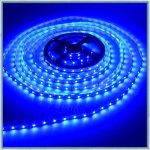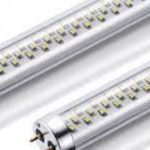Why Do LED Light Bulbs Burn Out? Understanding the Causes and Solutions
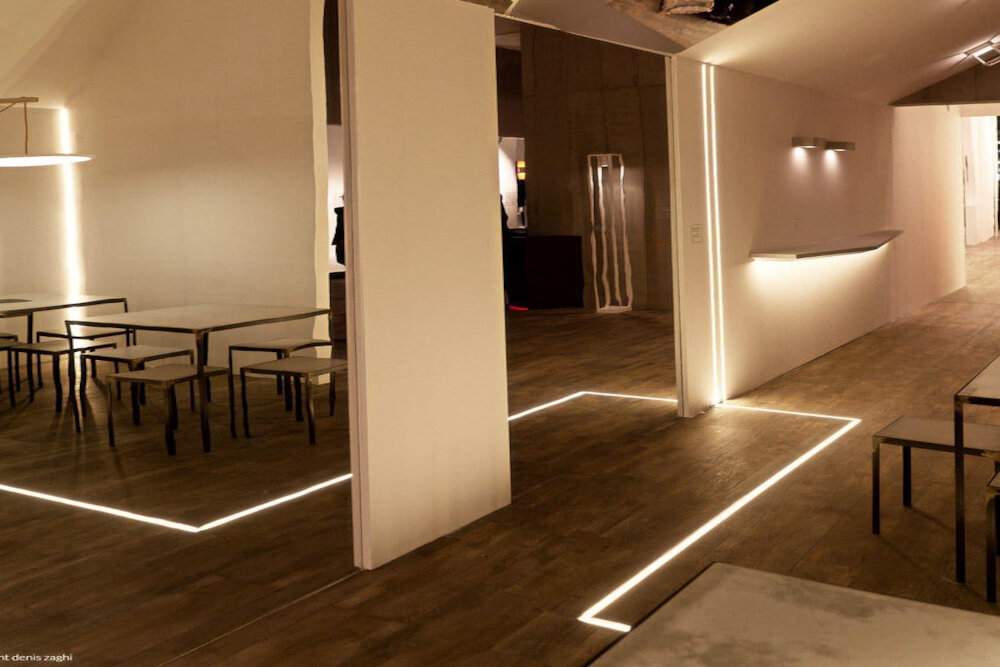
LED light bulbs are becoming increasingly popular due to their energy efficiency and long-lasting lifespan. However, even though they are known for their durability, they can still burn out over time. Understanding the causes of LED burnout can help you prevent premature bulb failure and save money in the long run. In this article, we will explore the various reasons why LED bulbs burn out and provide you with solutions to extend their lifespan. One of the main causes of LED burnout is heat. LED bulbs generate heat as they convert electricity into light, and excessive heat can cause the bulb to fail prematurely. Other factors that contribute to LED burnout include power surge, voltage fluctuations, and poor quality manufacturing. By understanding these causes, you can take preventative measures to ensure that your LED bulbs last longer and work more efficiently. In the following sections, we will delve deeper into the causes of LED burnout and provide you with practical solutions to extend the lifespan of your LED bulbs.
LED (Light Emitting Diode) light bulbs are a type of energy-efficient lighting option that offers numerous benefits over traditional incandescent bulbs. Unlike incandescent bulbs, LED bulbs do not use a filament to produce light, but instead, they rely on a semiconductor to emit light when an electrical current is applied. This makes them more durable and long-lasting, with a lifespan that can reach up to 25,000 hours, compared to the 1,000-hour lifespan of incandescent bulbs. Additionally, LED bulbs consume significantly less energy, reducing energy costs and contributing to a more sustainable environment. They also emit less heat, making them safer and more comfortable to use.
Understanding the causes of LED light bulb burnout is crucial because it not only saves money but also helps in making informed decisions while purchasing LED lights. A thorough understanding of the causes of LED light bulb burnout can help in identifying and addressing the root cause of the problem. For instance, voltage spikes and surges can lead to LED light bulb burnout, and installing a surge protector can help prevent this issue from occurring. Similarly, choosing LED lights with proper heat dissipation mechanisms can extend their lifespan. Additionally, understanding the causes of LED light bulb burnout can help in reducing environmental waste by avoiding frequent replacements and disposing of LED bulbs responsibly. Therefore, understanding the causes of LED light bulb burnout is crucial for making informed decisions and ensuring the longevity of LED bulbs.
Overheating
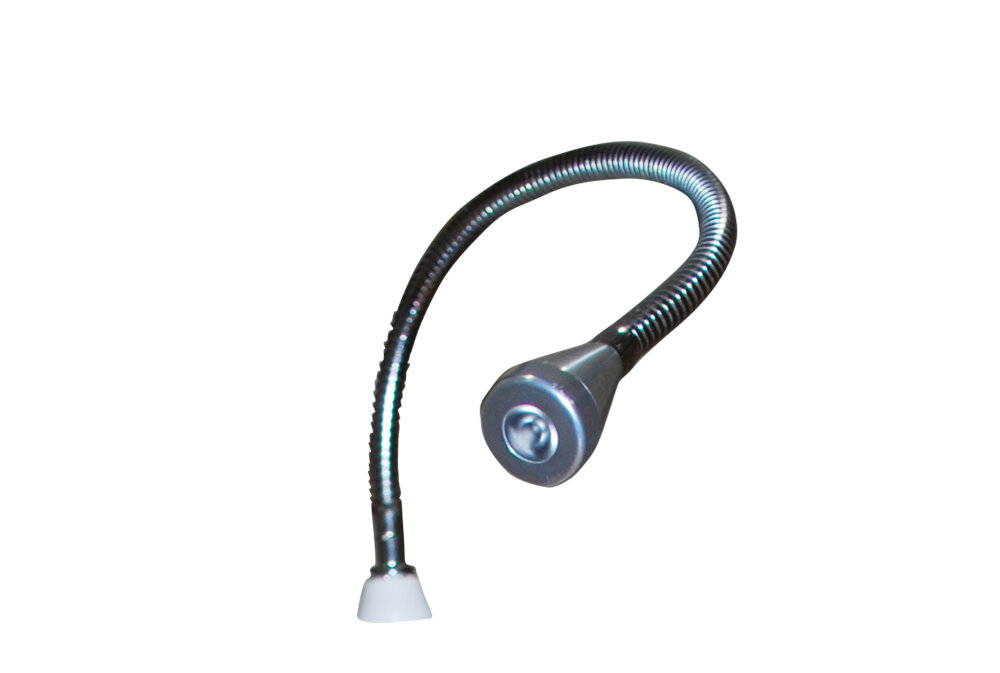
Overheating is a common cause of LED light bulb burnout. LED bulbs produce light through the flow of electrical current, which generates heat. If this heat is not properly dissipated, it can cause the bulb to overheat and burn out. There are several factors that can contribute to overheating, including poor ventilation, high ambient temperatures, and incorrect installation. Poor ventilation can cause LED bulbs to overheat because it limits the flow of air around the bulb, preventing heat from dissipating. This is particularly true in enclosed fixtures, such as recessed lighting, where heat can become trapped. High ambient temperatures can also contribute to overheating, as they increase the temperature of the air around the bulb. Finally, incorrect installation can cause overheating if the bulb is not properly seated in the fixture, which can limit heat dissipation. To avoid overheating, it’s important to ensure that LED bulbs are installed correctly and used in fixtures that allow for proper ventilation.
Overheating is one of the primary causes of LED light bulbs burning out. LEDs are sensitive to heat, and when they get too hot, the components inside the bulb can become damaged, causing the bulb to fail. Overheating can occur for several reasons, including poor ventilation, high ambient temperatures, and using the bulb in a fixture that is not compatible with its wattage. When an LED bulb overheats, it can cause the phosphor coating on the LED to degrade, which will result in a significant reduction in the bulb’s brightness and color accuracy. Additionally, overheating can cause the electrical components inside the bulb to fail, leading to a complete burnout of the bulb. To prevent LED bulbs from overheating, it is essential to ensure they are used in fixtures that are compatible with their wattage, and proper ventilation is provided.
Overheating in LED light bulbs is a common issue that can lead to a shortened lifespan and reduced performance. Several factors contribute to this problem. Poor ventilation can cause heat to build up inside the bulb, which can damage the internal components and cause the bulb to fail prematurely. Additionally, using the wrong type of bulb in a fixture can cause overheating because the wattage may be too high for the fixture to handle. This can cause the bulb to generate too much heat, which can damage the surrounding components and cause the bulb to burn out. Finally, using a bulb in an enclosed fixture can cause overheating because the heat has nowhere to escape, which can cause the bulb to fail. By understanding the factors that contribute to overheating, it is possible to take steps to prevent this problem and extend the life of your LED light bulbs.
Overheating is one of the main causes of LED light bulb burnouts. To prevent this issue, it is essential to use a heat sink, which will help dissipate the excess heat generated by the LED bulb. Additionally, ensuring proper ventilation in the area where the bulb is installed will help remove the hot air, reducing the temperature of the bulb. Another effective way to prevent overheating is to avoid using LED bulbs in enclosed spaces, as this can trap the heat and cause the bulb to burn out faster. By implementing these simple tips, you can extend the lifespan of your LED bulbs and save money in the long run.
Electrical Issues
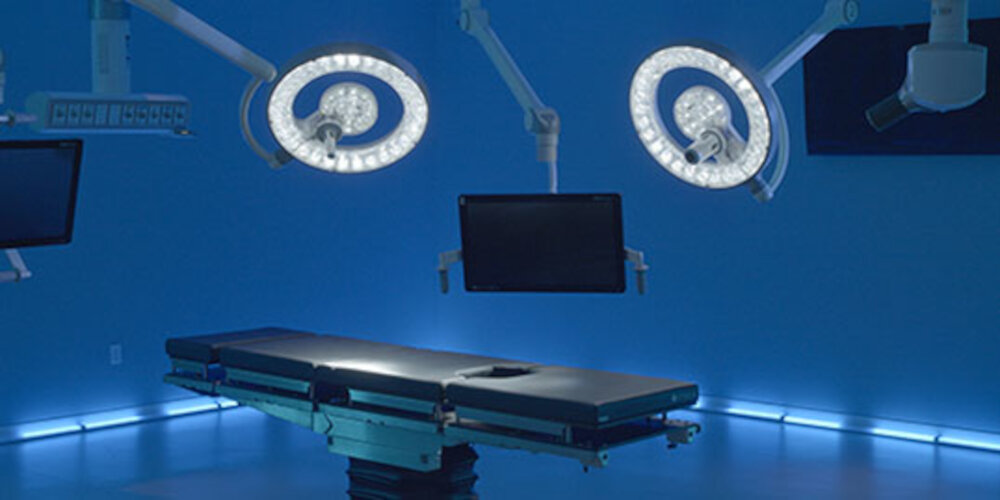
Electrical issues can be a major cause of LED light bulbs burning out prematurely. One common issue is voltage fluctuations. When the voltage supplied to the bulb is too high or too low, it can cause damage to the internal components of the bulb, leading to a shorter lifespan. This can be caused by a variety of factors, including old or faulty wiring, power surges, and electrical storms. To avoid this problem, it is important to ensure that the electrical system in your home is up to date and functioning properly. You may also consider installing a voltage stabilizer to regulate the voltage supplied to your bulbs. Another electrical issue that can cause LED light bulbs to burn out is overheating. When the bulb gets too hot, it can cause the internal components to break down, leading to a shorter lifespan. This can be caused by a variety of factors, including poor ventilation, using the wrong type of bulb in a fixture, and using a bulb with a wattage that is too high for the fixture. To avoid this problem, it is important to ensure that your fixtures are properly ventilated and that you are using the correct type and wattage of bulb for each fixture. You may also consider using LED bulbs with built-in heat sinks to help dissipate heat more effectively.
Electrical issues can cause LED light bulbs to burn out due to the nature of the electrical current that powers them. LED bulbs require a specific amount and type of current to function properly, and any fluctuations or irregularities in the current can cause damage to the bulb’s components. For example, voltage surges or drops can cause the LED driver to overheat or fail, which in turn can cause the bulb to burn out prematurely. Similarly, power spikes or fluctuations can damage the sensitive electronic components inside the bulb, leading to failure or reduced lifespan. To avoid such issues, it is essential to use high-quality LED bulbs and ensure that the electrical system is properly grounded and regulated to provide a stable and consistent flow of power.
Electrical issues such as power surges and incompatible dimmer switches can significantly affect LED light bulbs. Power surges occur when the voltage suddenly spikes, leading to a sudden increase in electrical current. This sudden surge can cause damage to the LED driver, leading to the bulb’s failure. On the other hand, incompatible dimmer switches can cause flickering or even the complete failure of the LED bulb. Dimmer switches are designed to work with specific types of bulbs, and using an incompatible dimmer can cause issues with the bulb’s performance. Additionally, poor-quality electrical wiring or faulty connections can also contribute to LED bulb failure. Proper installation and maintenance of electrical systems and components are critical to avoiding these issues and ensuring the longevity of LED light bulbs.
To prevent electrical issues and ensure the longevity of your LED light bulbs, there are several tips you can follow. Firstly, always use surge protectors to prevent power surges that can damage your bulbs. Secondly, make sure to purchase compatible dimmer switches if you plan to use them with your LED bulbs, as some switches may not be compatible and can cause flickering or even burn out the bulbs. Additionally, ensure that your home’s electrical system is up to date and properly installed by a licensed electrician. Finally, avoid using bulbs with wattages that exceed the recommended limit for your fixtures, which can cause overheating and shorten the lifespan of your bulbs. By following these simple tips, you can prevent electrical issues and enjoy the benefits of LED lighting for years to come.
Manufacturing Defects
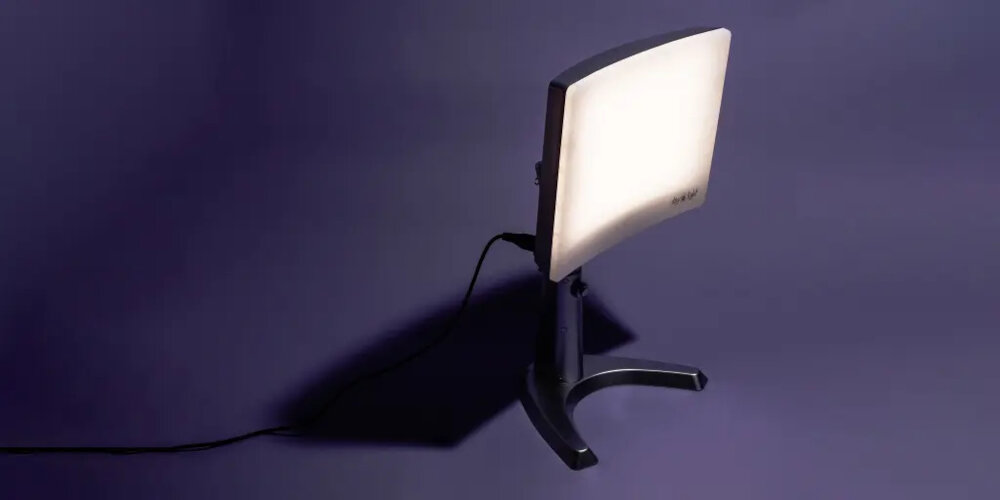
Manufacturing defects are a common cause of LED light bulb burnouts. These defects occur during the production process and can result in a faulty bulb that doesn’t function properly. Examples of manufacturing defects include poor soldering or faulty wiring, which can cause the bulb to overheat or fail to turn on at all. In some cases, these defects may not be immediately apparent and can take time to manifest as a problem. For this reason, it’s important to purchase LED bulbs from reputable manufacturers that have a track record of producing high-quality products. Manufacturing defects can be difficult to detect, but there are some warning signs to watch out for. If your LED bulbs are flickering or emitting a dim light, it could be a sign of a manufacturing defect. Additionally, if the bulb fails to turn on or emits a burning smell, it’s likely that there is a problem with the manufacturing process. In these cases, it’s best to replace the bulb as soon as possible to avoid any potential safety hazards. By being aware of the risks associated with manufacturing defects, you can make informed decisions when purchasing LED light bulbs and ensure that you’re getting a high-quality product that will last for years to come.
Manufacturing defects in LED light bulbs can cause them to burn out prematurely. The defects can occur during the production process, such as poor soldering, inadequate wiring, or faulty components. These defects can cause the LED bulb to overheat, which can lead to the failure of the bulb’s internal components. Overheating can also cause the bulb to emit less light and affect its overall performance. In addition, poor manufacturing can result in poor quality control, leading to inconsistent performance across different LED bulbs. It’s important to purchase LED bulbs from reputable manufacturers that prioritize quality control to minimize the risk of manufacturing defects.
Manufacturing defects are a common reason why LED light bulbs burn out prematurely. Poor soldering and insufficient sealing are two types of manufacturing defects that can occur. Poor soldering can cause the LED chips to detach from the circuit board, which can result in a dead LED or a flickering LED. Insufficient sealing can allow moisture and other contaminants to enter the bulb, which can cause corrosion and damage to the internal components. Other types of manufacturing defects that can lead to premature burnout include poor quality control, substandard materials, and design flaws. It is important for manufacturers to adhere to strict quality standards to ensure that their products are reliable and long-lasting.
To avoid purchasing LED light bulbs with manufacturing defects, there are a few tips that you can follow. Firstly, it’s important to purchase from reputable brands that have a good track record of producing high-quality LED bulbs. This will ensure that you are buying a product that has been thoroughly tested and manufactured to a high standard. Secondly, it’s a good idea to read reviews before making a purchase, as this can give you an idea of the experiences that other customers have had with the product. Finally, it’s important to inspect the bulb carefully before purchasing to ensure that there are no visible defects or damage. By following these tips, you can minimize the risk of purchasing LED bulbs with manufacturing defects and ensure that you are getting a high-quality, long-lasting product.
Environmental Factors
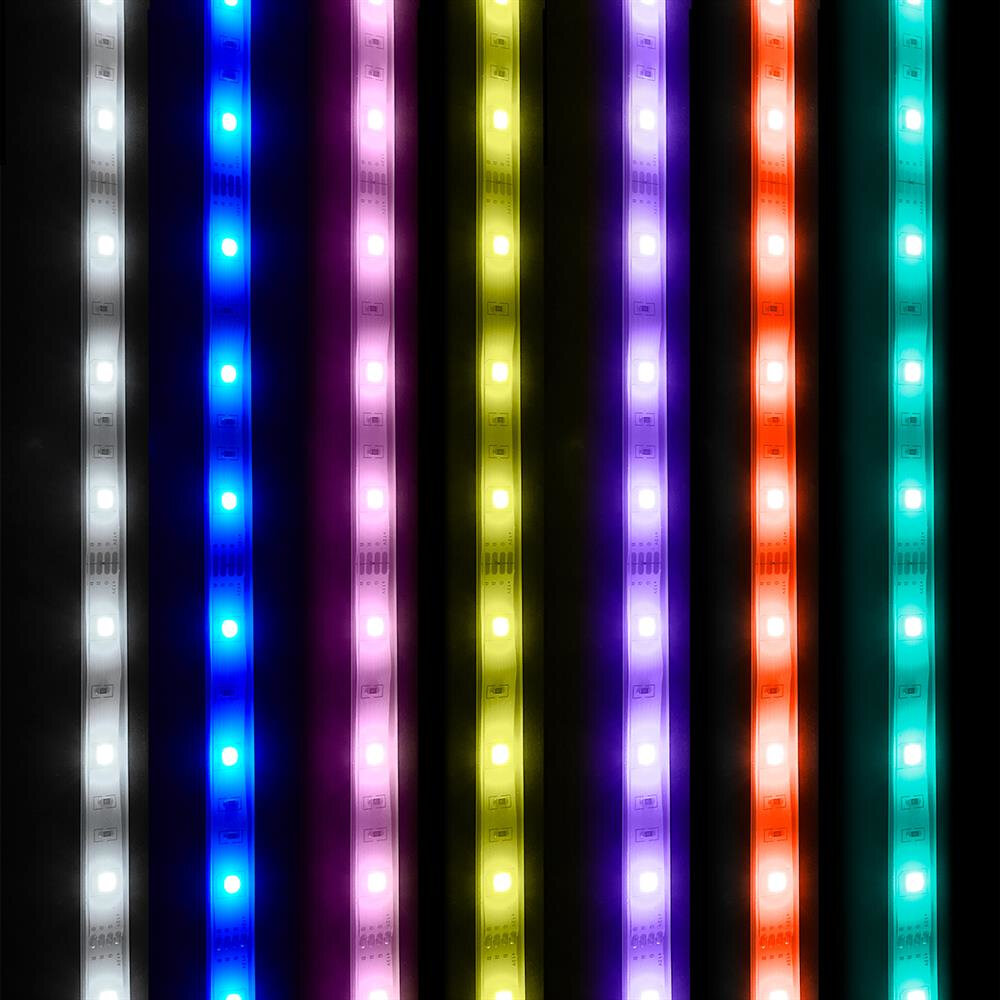
Environmental factors play a crucial role in determining the lifespan of LED light bulbs. The temperature at which the bulbs are operated, humidity levels, and exposure to certain chemicals can all contribute to their premature failure. LED light bulbs are designed to operate within a specific temperature range, and if the temperature exceeds this range, the bulbs can overheat and burn out. On the other hand, if the temperature is too low, the bulbs may not operate efficiently, leading to reduced brightness and a shorter lifespan. Therefore, it is essential to ensure that LED light bulbs are installed and operated within the recommended temperature range to maximize their lifespan. Humidity levels can also affect the lifespan of LED light bulbs. High humidity can lead to the accumulation of moisture inside the bulbs, causing them to short circuit or fail altogether. It is therefore important to avoid installing LED light bulbs in humid environments or areas with a high risk of water damage. Exposure to certain chemicals can also cause LED light bulbs to fail prematurely. For instance, exposure to acidic or alkaline substances can corrode the electrical components of the bulbs, leading to failure. It is therefore important to keep LED light bulbs away from areas where they may be exposed to such substances to ensure their longevity.
Environmental factors such as temperature, humidity, and voltage fluctuations can cause LED light bulbs to burn out. High temperatures can cause the LED chip to degrade and reduce its lifespan, while low temperatures can decrease the efficiency of the bulb. Humidity can cause corrosion of the metal components of the bulb, leading to failure. Voltage fluctuations, such as power surges and spikes, can damage the internal components of the bulb and cause it to stop working. In addition, poor quality power supplies and incompatible dimmer switches can also contribute to premature burnout of LED light bulbs. Understanding these environmental factors and taking steps to mitigate them can help prolong the lifespan of LED bulbs and save money in the long run.
There are several environmental factors that can contribute to the burning out of LED light bulbs. One of the most common factors is humidity, which can cause damage to the internal components of the bulb over time. Extreme temperatures, both hot and cold, can also be detrimental to LED bulbs, as they can cause the components to expand and contract, leading to cracking or other forms of damage. Additionally, exposure to direct sunlight or other forms of intense light can cause the bulbs to overheat and burn out faster. To avoid these issues, it is important to choose LED bulbs that are rated for the appropriate level of humidity and temperature, and to ensure that they are installed in a location where they will not be exposed to excessive amounts of direct sunlight or other intense light sources.
Environmental factors can significantly impact the lifespan of LED light bulbs, causing them to burn out prematurely. To prevent this, it is essential to choose LED bulbs with proper IP ratings, which offer protection against dust, water, and other elements. Additionally, ensuring proper storage conditions can also help prolong the bulb’s life, such as keeping them away from extreme temperatures and humidity levels. It is also recommended to avoid using LED bulbs in enclosed fixtures, as this can cause them to overheat and fail faster. By taking these preventative measures, you can help ensure that your LED bulbs last longer and provide optimal illumination for your space.
LED light bulbs are becoming increasingly popular due to their energy efficiency and long lifespan, but they can still burn out. The main causes of LED light bulb burnout include overheating, power surges, and poor quality components. Overheating occurs when the LED light bulb is exposed to high temperatures, which can be caused by inadequate ventilation or leaving the bulb on for too long. Power surges can happen when there is a sudden increase in voltage, which can damage the LED driver. Poor quality components can cause LED light bulb burnout due to the use of low-quality materials, which can fail over time. To prevent LED light bulb burnout, it is important to ensure that the bulb is properly ventilated, use surge protectors, and choose high-quality LED bulbs from reputable brands.
Properly maintaining LED light bulbs is essential to ensure their longevity and efficiency. LED bulbs are durable and long-lasting, but they require proper care to function optimally. One of the most important things to consider is the temperature of the bulb. LED bulbs are sensitive to heat, so they should be installed in well-ventilated areas to prevent overheating. Additionally, proper cleaning of the bulb’s surface is also important, as dust and dirt can accumulate and block the light output. Finally, it’s important to use the right type of fixture for the LED bulb, as not all fixtures are compatible with LED technology. By taking these steps, you can ensure that your LED bulbs last longer and remain highly efficient over time, reducing your energy costs and minimizing your environmental impact.
Conclusion
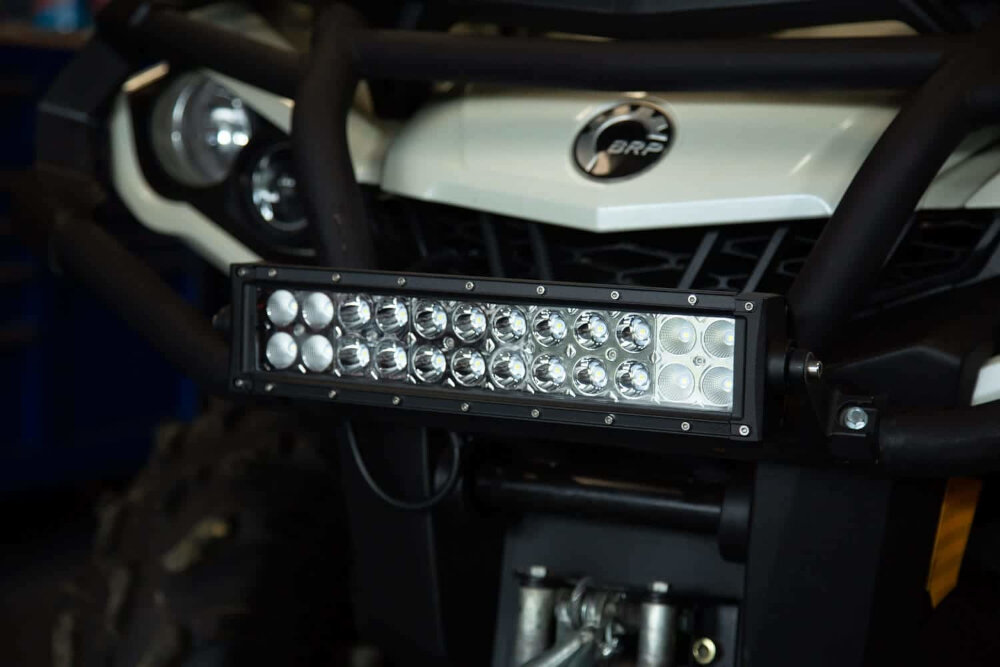
In conclusion, LED light bulbs are a fantastic investment in terms of energy efficiency and cost savings. However, it is important to understand why they burn out to avoid unnecessary expenses and frustration. The causes of LED burnout can range from overheating to poor quality manufacturing. Therefore, it is crucial to pay attention to the quality of the LED bulbs purchased and ensure they are installed in suitable environments that allow proper cooling. Additionally, regular cleaning of the bulbs and the fixtures can help extend their lifespan. By taking these preventative measures, LED light bulbs can provide long-lasting and reliable lighting solutions for homes and businesses.


